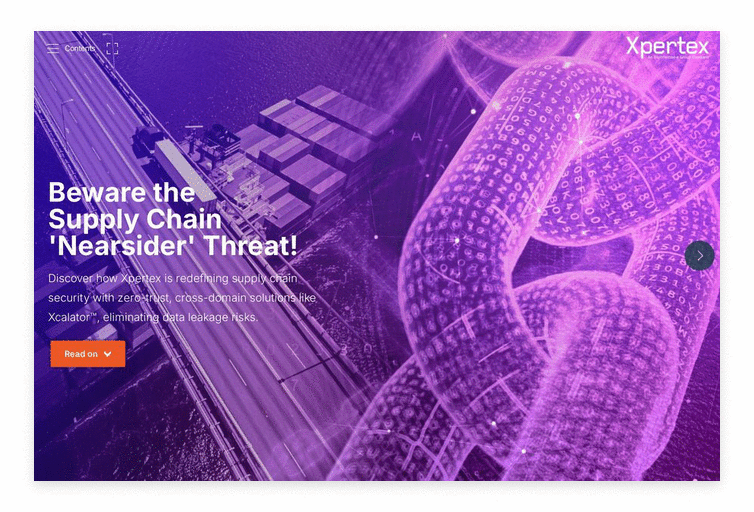For example, consider the potential threat the new breed of cyber-attack presents to business-to-business (B2B) comms…
We have all heard of the growing range of cyber threats caused by internal bad actors and global cyber criminals, but what about the potential risks that emerge when businesses collaborate with each other to establish a global supply chain? To streamline processes and drive efficiency, this often involves different organisations legitimately connecting to third party suppliers in some way. This might involve a simple Dropbox folder to share files, a virtual collaboration “room”, a VPN or private WAN connection… The list goes on. But whatever the preferred platform for a project, we must consider the potential security impact and proactively work to mitigate any risk.
By sharing critical, often, sensitive – information in this way, we are implicitly trusting not only the third-party organisation, but also everyone that works within it, whether they’re directly connected to the project or not, to behave ethically and follow current cyber best practice. But whilst organisation ‘A’ may have a robust staff vetting process, supplier organisation ‘B’ may not. This presents a real problem, as – to borrow an old cliché – a chain is only as strong as its weakest link!
So, how can you effectively do business on a global scale in this high-threat cyber landscape without leaving the metaphorical side-door open?
The only way is to adopt a true zero-trust approach. I am not talking about allowing suppliers to access information via the corporate SASE solution; I mean drastically reducing or, ideally, completely eliminating the underlying risk. An “everyone may be bad” approach, if you will.
By implementing an EAL7+ Cross Domain Solution (CDS) you will have complete control and visibility over exactly what is shared between company A and company B through strict content checking, minimising the supply chain’s attack surface through the use of the inherent data diode.
Our own Xcalator™ platform was designed to take this approach to its logical conclusion by only enabling one-way transfers of data, with no physical or optical return paths, in line with corporate security policies.
In other words, rather than simply securing a potential attack vector as much as possible, it is eliminated entirely, leaving no possibility of data leakage. This means that teams and organisations operating at the most stringent security classifications (i.e. COMMERCIAL IN CONFIDENCE, OFFICIAL-SENSITIVE, SECRET and above) are still able to maintain these standards while enjoying all the potential benefits of today’s global, interconnected supply chains. Potential use cases include:
- Military-grade security for file transfers in and out of the security perimeter, e.g. PDFs, Office files, and images – including files sent to corporate printers.
- Automated monitoring, routing, and validation for communications across multiple channels – from email to video streaming.
- Secure collation of data from IoT devices, sensors, and ‘smart’ technologies.
- Automated application of emerging threat intelligence via STIX / TAXII standards.
It’s a paranoid approach to security, to be sure, but the potential benefits extend far beyond the supply chain. For example, we’ve already seen Xcalator™ users utilising this model to enable more secure remote working for their distributed workforces, while others have optimised their time-to-market by laying a digital foundation for DevOps best practice.
So, if you’d like to arrange a demo of Xcalator™ or explore any aspect of your own supply chain’s security, just contact us.
Beware the Supply Chain “Nearsider” Threat
Discover how Xpertex is redefining supply chain security with zero-trust, cross-domain solutions like Xcalator™, eliminating data leakage risks.

